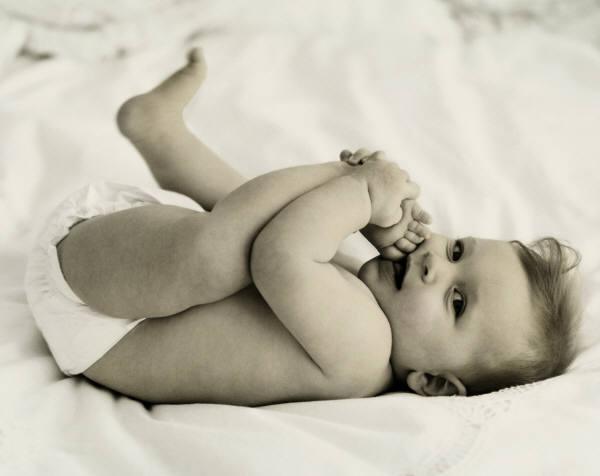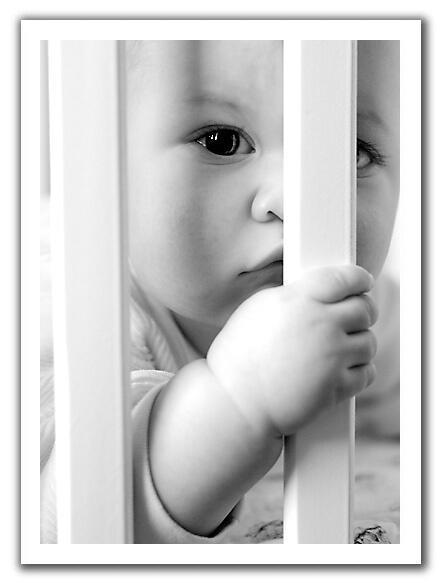Our first stop of the day is the National Silk Centre, in a town called Puok, about 30 minutes drive from Siem Reap. Operated by Les Chantiers Écoles, a school specialising in teaching traditional crafts to impoverished youngsters, it is hoped that these youths would gain skills that allow them to make a living from handicraft production. Among the skills taught are silk weaving, stone sculpture, wood carving and lacquer painting.
The first process is degumming the silk so that the thread can be unwound from the silk cocoons.



Natural dyes

 The meticulous ikat technique and the beautiful results
The meticulous ikat technique and the beautiful results

On the way back from the silk factory, we stopped by the War Museum. Laid out on the compound is a motley assortment of tanks, armored vehicles, anti-aircraft guns, and artillery cannons flanked by a few sheds housing a collection of automatic weapons, artillery shells, mines, grenades, grenade and rocket launchers, uniforms and Khmer Rouge flags. The admission feed is USD3 which is a little steep but it comes with a free guided tour. Our guide was a soldier in the war and had lost a leg. He also had quite a few bullet holes in him, and some shrapnel was visible under his skin. An orphan by the age of 10, his parents and elder sister were killed during the Pol Pot regime. He joined the army for shelter, cloth and food. He told us some first hand stories as we went from exhibit to exhibit which was quite educational and enlightening. He was still very emotional when relating his stories to us, in particular when he told us how his wife was killed by landmines several years ago. We gave him a relatively huge tip, a little something which we hope will make his day a little better.

As it was almost noon, we decided to head to the Old Market area for lunch. We went to Khmer Kitchen Restaurant, which serves traditional Khmer fares. As with all our food encounters in Siem Reap, the food there was pretty decent. We then walked around the market before heading to the Cambodian Cultural Village.
(to be continued…)







2 comments:
Cambodia has such a sad history...we would have done the same thing if we'd met such a soldier. God bless you!
Not sure if you're in the vicinity but did you go to the "killing fields"?
Nope, the killing fields are near Phnom Penh, about an hour flight from Siem Reap. Would have loved to visit Phnom Penh too.
Post a Comment